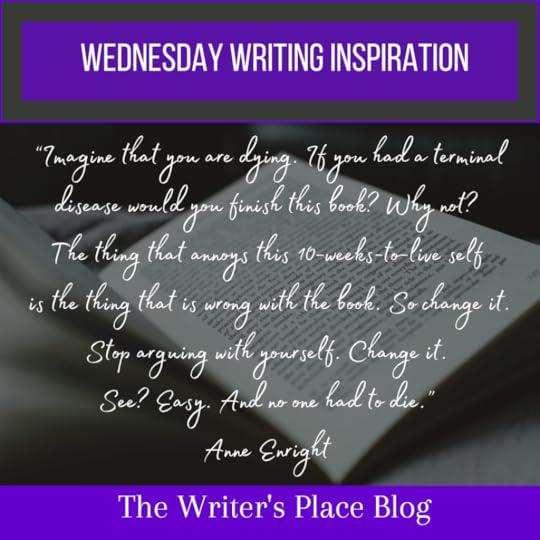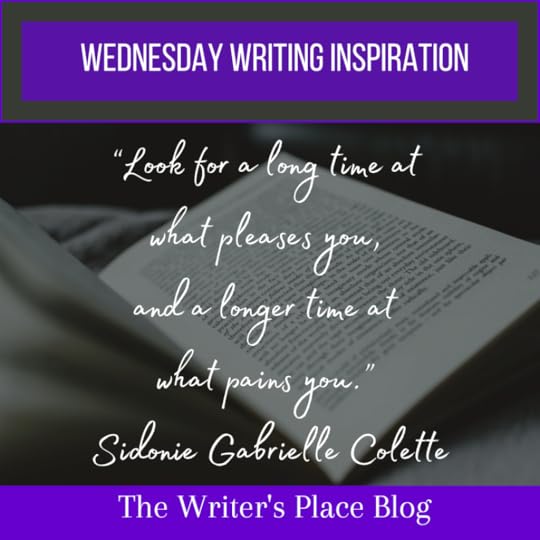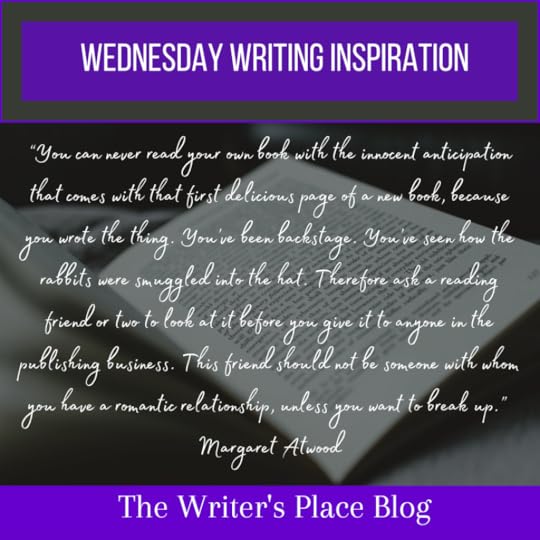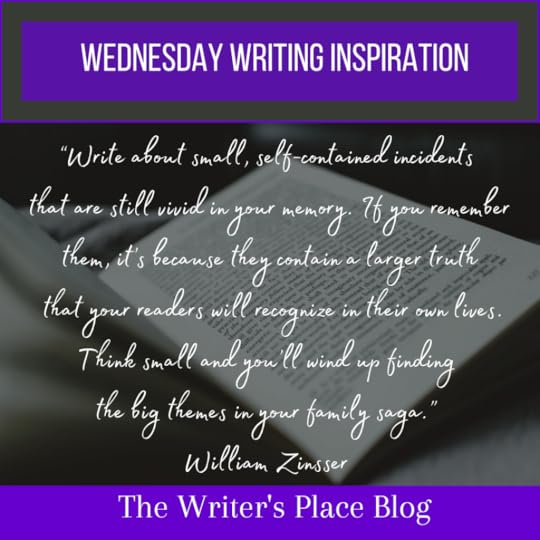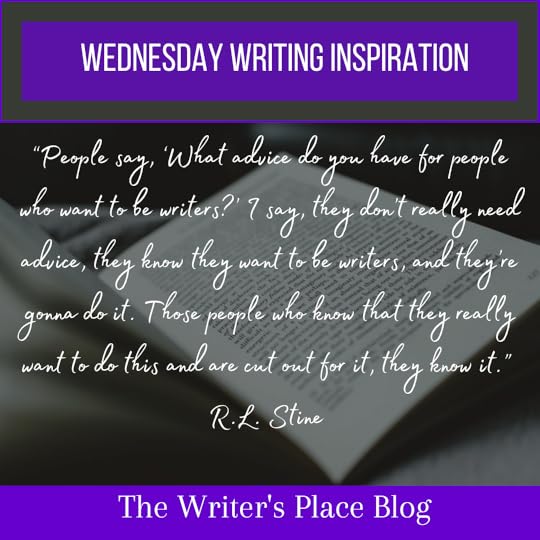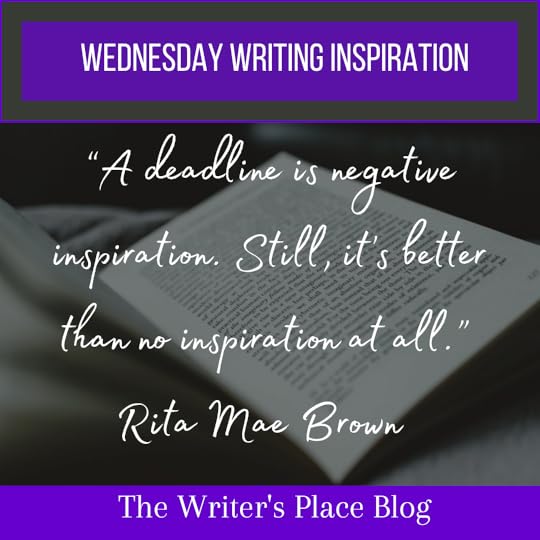Nancy Christie's Blog, page 25
August 19, 2022
Living the Writing Life podcast with author Juliet Marillier
 On my Living the Writing Life podcast, my guest Juliet Marillier talk about the creative challenges and unexpected benefits of being an older writer. Listen to the episode here.
On my Living the Writing Life podcast, my guest Juliet Marillier talk about the creative challenges and unexpected benefits of being an older writer. Listen to the episode here. ABOUT JULIET MARILLIER
Juliet Marillier was born and raised in Aotearoa New Zealand. She is a graduate of the University of Otago and has had a varied career that included music teaching and performing. She now lives in a historic cottage in Western Australia, where she writes full time.
Juliet’s historical fantasy novels and short stories are published internationally and have won numerous awards.
She is the author of twenty-four novels, including A Song of Flight (Warrior Bards), the Blackthorn & Grim series and the Sevenwaters series, as well as two collections of short fiction: Mother Thorn and Other Tales of Courage and Kindness and Prickle Moon.
Juliet loves mythology, folklore and strong, complex characters. She is a member of the druid order OBOD (the Order of Bards, Ovates and Druids.) When not writing, Juliet is kept busy by a small crew of rescue dogs.
For more about Juliet, visit her website and follow her on Facebook and Instagram.
 A Song of Flight
A Song of Flight
August 17, 2022
Wednesday Writing Inspiration for 8.17.22
The post Wednesday Writing Inspiration for 8.17.22 appeared first on The Writer's Place.
August 10, 2022
Wednesday Writing Inspiration for 8.10.22
The post Wednesday Writing Inspiration for 8.10.22 appeared first on The Writer's Place.
August 9, 2022
Thoughts on writing and life for August 2022

Photo by Jehyun Sung on Unsplash
Just a few thoughts on the importance of having the right role model at the right time for our writing life.
This is an edited excerpt from my August 2022 newsletter, The Writing Life. You can also listen to it on my Living the Writing Life podcast.
When I first started my freelance copywriting service as a way to supplement a wholly inadequate income from my day job, I didn...
August 5, 2022
Living the Writing Life podcast with author Corie Adjmi
 In this episode from my Living the Writing Life podcast
In this episode from my Living the Writing Life podcastmy guest Corie Adjmi and I discuss the various challenges women face when pursuing the writing life: time constraints, family responsibilities, financial issues and their own self-doubts about their right to write.
Listen to the episode here.
Corie Adjmi is the author of the short story collection Life and Other Shortcomings, which won an International Book Award, an IBPA Benjamin Franklin award, and an American Fiction Award, and the forthcoming novel, The Marriage Box, named a Must-Read New Book of 2022 that is due out in 2023.
August 3, 2022
Wednesday Writing Inspiration for 8.3.22
The post Wednesday Writing Inspiration for 8.3.22 appeared first on The Writer's Place.
July 27, 2022
Wednesday Writing Inspiration for 7.27.22
The post Wednesday Writing Inspiration for 7.27.22 appeared first on The Writer's Place.
July 20, 2022
Wednesday Writing Inspiration for 7.20.22
The post Wednesday Writing Inspiration for 7.20.22 appeared first on The Writer's Place.
July 15, 2022
How to know your book's fiction genre
(This is an edited excerpt of my post on Focus on Fiction)
When I first started submitting my fiction, I had a very limited notion of the various genres that were out there. All those genres. And sub-genres. And sub-sub genres!
And it’s not like we can just close our eyes and randomly pick a category or two for our book. As authors, we have to know where our books fit: the category and genre—whether you’re submitting to a competition or pitching to an agent or publisher
The genre even comes into play when designing a book cover. If the cover style and genre don’t match, one of two outcomes is possible. Readers who are a fan of that genre won’t buy the book, even though the contents match their reading preference, because it doesn’t look like others in that category. Or readers will buy the book because the cover leads them to believe it’s one genre when it’s really another. Either way, it’s a lose-lose.
So what are the fiction genres? Here’s a short and sweet list, but if you want a more comprehensive one, check out Book Genres – List of Book Genres and Book Genre Dictionary by Mark Malatesta.
Fiction Genre List
Action & Adventure (AA)—Your protagonist undergoes a variety of really big and potentially dangerous challenges on the path to achieve his/her goal.
Contemporary (CONT)—Your characters aren’t off on some major journey to distant lands or battling monsters to survive. They are just trying to get through the day (present-day—not the past) and the challenges that go along with it: work issues, relationship problems, financial struggles and so on.
Crime Thriller—This combines crime with suspense (think Agatha Christie’s Miss Marple trying to find out whodunnit without getting murdered in each chapter).
Detective & Mystery—This requires two components: a crime or mystery to solve, and a professional or amateur on a hunt for the solution. The story can fall under a range of sub-genres, from hardboiled or romantic suspense to cozy or police procedurals.
Dystopian (DYS)—A sub-genre of science fiction, the story is set in the future (near or years from now) where life is dark and sad, and a happy outcome is by no means assured, and often has undertones of cultural or social issues that to some extent we are grappling with today.
Fantasy (F)—The story has elements of magic or the supernatural, may involve world-building, and is often inspired by mythology or folklore.
Historical (HF)—While the story itself is fiction, it is set in a specific time period with historically accurate details and may include real people or involve actual events.
Horror/Thriller —The story can be set in any time period and in a real or imagined setting and doesn’t require a specific type of plot. What it does need is the ability to scare readers yet keep them turning the page until the denouement. Horror stories usually involve physical fear while thrillers are more psychological, but both are about the character trying to save his/her life.
LGBTQ+—Stories in this category aren’t limited to a specific genre (think romance or sci-fi) but do require that the queer characters are featured in the main plot.
Literary Fiction (LitFic)—This category requires stories that are character-driven, not plot driven, and are more serious and introspective in tone.
Magical Realism—While magical realism novels have elements of the supernatural, the story is set in the real world and has characters without magical or supernatural traits. What it does have, however, are supernatural or phantasmagorical events and a timeline that doesn’t adhere to a direct chronological order but can shift from past to present.
New Adult (NA)—These stories feature characters who are out of adolescence and anywhere from 18 to early 30s, with themes such as establishing one’s identity, making career choices, gaining independence, and exploring sexuality.
Romance (RO)—While it can have elements of other genres (think, mystery, suspense or historical), the storyline is front-and-center a romance: Character A and Character B fall in love, something intervenes, they find their way back together and live happily ever after (aka, HEA) or at least Happily For Now (HFN).
Science Fiction (SF or SciFi)—Unlike fantasy, these stories feature an imagined future based on real science or technological advances—or the possibility that these
could develop given current advances.
Supernatural/Paranormal—This category is typified by elements that are beyond scientific understanding, events that don’t adhere to real-world rules, and features characters from folklore and fairy tales (i.e., fairies, aliens, shapeshifters, angels, ghosts, etc.)
Suspense (SUSP)—Not quite to the thriller level, these stories do generate feelings of frightened anticipation in the reader, with storylines that can include elements from other genres (think romance or crime, for example).
Women’s Fiction (WF)—The main component of women’s fiction has a strong female protagonist as the protagonist, with or without a love interest (which is secondary), and generally other female characters. The focus is on the personal development of the main character—emotional and/or psychological—who can be any age. The readership for this genre is primarily women.
Young Adult (YA)—The storyline and reading level are geared to those 12 to 18 (although adults may enjoy the stories as well) and have a worldview and adolescent challenges typical of that age bracket.
July 13, 2022
Wednesday Writing Inspiration for 7.13.22
The post Wednesday Writing Inspiration for 7.13.22 appeared first on The Writer's Place.

